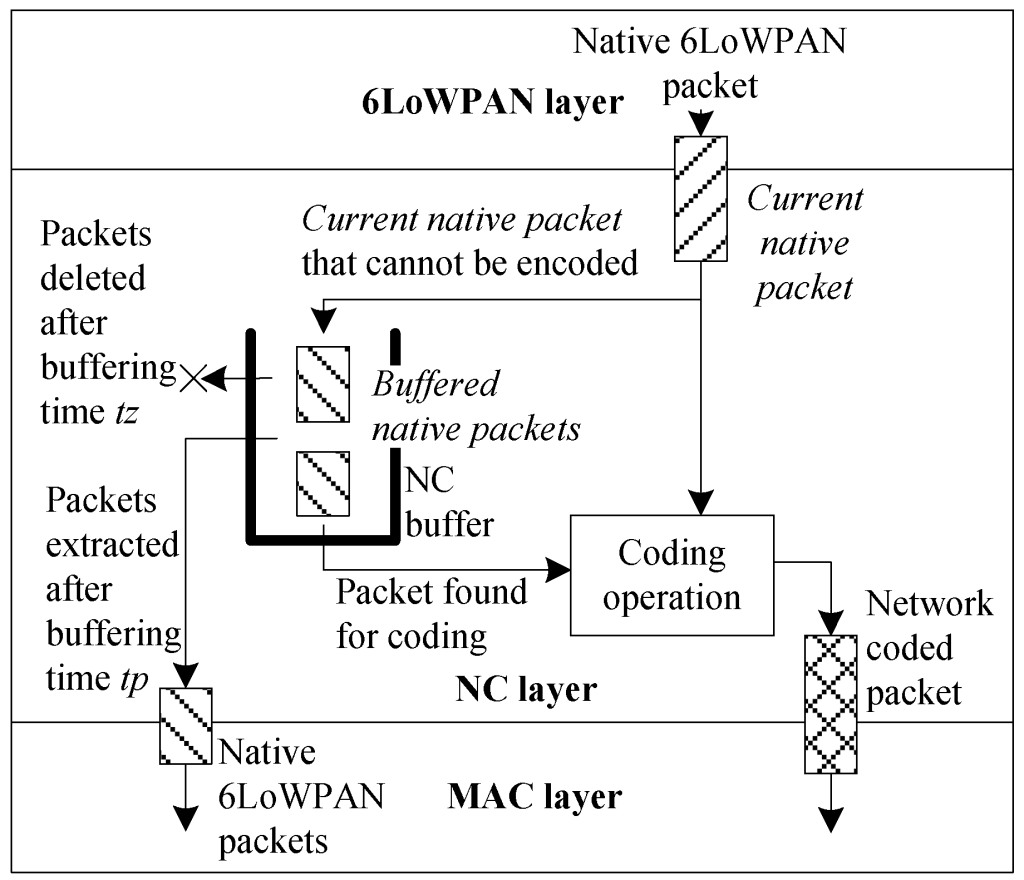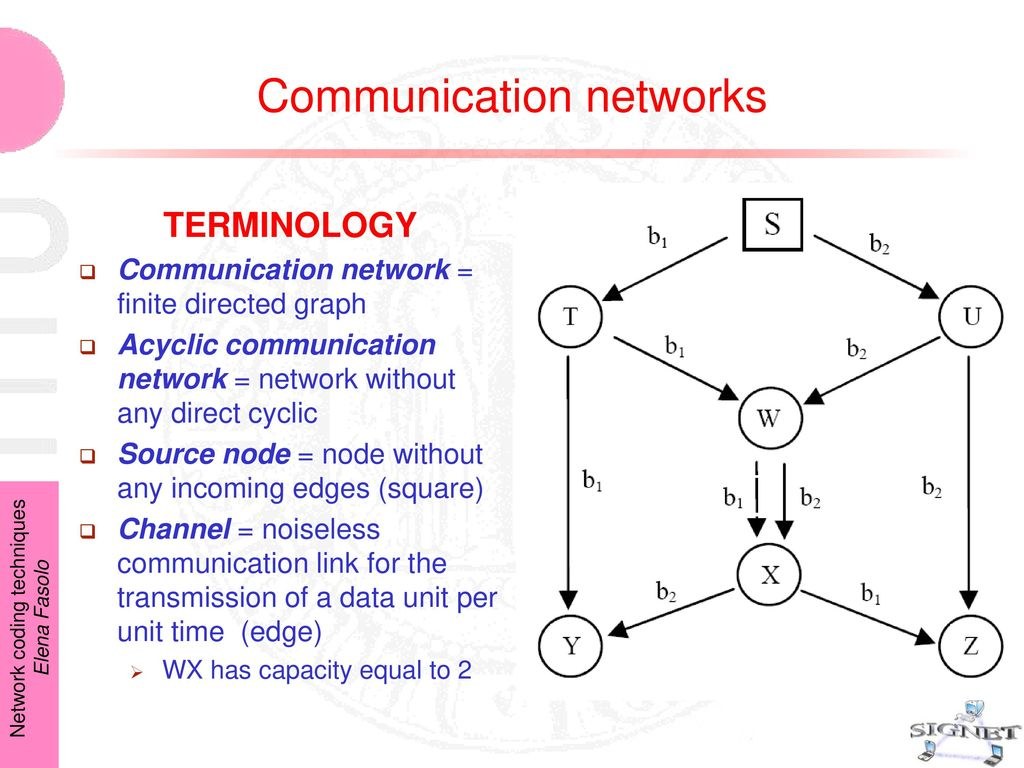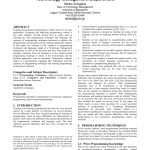Unlocking The Power Of Network Coding Techniques: Boost Your Connectivity Today!
Network Coding Techniques: Enhancing Efficiency and Reliability
Greetings, Readers! In this article, we will delve into the fascinating world of network coding techniques. With the exponential growth of data transmission and the increasing demand for more efficient and reliable networks, network coding techniques have emerged as a powerful solution. In this article, we will explore what network coding techniques are, who can benefit from them, when and where they are used, why they are important, and how they work. So, let’s dive in!
Introduction
Network coding techniques refer to the method of combining and manipulating data packets at intermediate nodes within a network to enhance the overall efficiency, reliability, and security of data transmission. Unlike traditional routing techniques that merely forward packets along predetermined paths, network coding allows for the mixing of multiple data packets to create new encoded packets. This innovative approach has revolutionized the field of data networking, enabling faster and more robust communication.
3 Picture Gallery: Unlocking The Power Of Network Coding Techniques: Boost Your Connectivity Today!


![Picture of: PDF] Chapter Network Coding Techniques for Wireless and Sensor](https://meicode.info/wp-content/uploads/2023/09/pdf-chapter-network-coding-techniques-for-wireless-and-sensor.png)
Advancements in network coding techniques have paved the way for numerous applications, including multimedia streaming, wireless communications, cloud computing, and distributed storage systems. By leveraging the power of network coding, these applications can achieve higher throughput, improved error resilience, reduced latency, and enhanced security.
Now, let’s explore the key aspects of network coding techniques:
What is Network Coding?
Network coding involves the manipulation of packets at intermediate nodes in a network by mixing and encoding them to create new packets. This technique allows for more efficient use of network resources and improved overall performance.
How Does Network Coding Work?

Image Source: mdpi.com
Network coding operates on the principle of algebraic operations performed on data packets. By combining packets using linear algebra operations, intermediate nodes can create new encoded packets that carry a mix of information from multiple sources.
Who Can Benefit from Network Coding Techniques?
Network coding benefits a wide range of stakeholders, including network operators, service providers, content delivery networks, and end-users. By enabling efficient and reliable data transmission, network coding techniques contribute to improved network performance and user experience.
When and Where are Network Coding Techniques Used?
Network coding techniques find applications in various scenarios, such as wireless networks, satellite communications, peer-to-peer networks, and data center networks. These techniques are particularly useful in scenarios where the network experiences congestion, high error rates, or limited bandwidth.
Why are Network Coding Techniques Important?
Network coding techniques offer several advantages over traditional routing methods. They enable increased network capacity, reduced latency, improved error resilience, and enhanced security. Additionally, network coding allows for more efficient multicast and improved network robustness.
Advantages and Disadvantages of Network Coding Techniques
Like any technology, network coding techniques have their pros and cons. Let’s explore some of them:
Advantages of Network Coding Techniques

Image Source: slideplayer.com
1. Increased network capacity: By combining packets and transmitting them as encoded packets, network coding allows for higher data rates and improved network throughput.
2. Improved error resilience: Network coding enables the recovery of lost packets by utilizing redundant information in the encoded packets.
![network coding techniques - PDF] Chapter Network Coding Techniques for Wireless and Sensor network coding techniques - PDF] Chapter Network Coding Techniques for Wireless and Sensor](https://meicode.info/wp-content/uploads/2023/09/pdf-chapter-network-coding-techniques-for-wireless-and-sensor.png)
Image Source: cloudfront.net
3. Reduced latency: By allowing for simultaneous transmission of multiple packets, network coding techniques can significantly reduce latency in data transmission.
4. Enhanced security: Network coding techniques can improve security by making it more difficult for eavesdroppers to intercept and decipher transmitted data.
5. Efficient multicast: Network coding allows for more efficient multicast transmission, reducing the amount of redundant data sent over the network.
Disadvantages of Network Coding Techniques
1. Increased computational complexity: Network coding techniques require additional computational resources to perform encoding and decoding operations, which can increase overall network complexity.
2. Potential for increased overhead: Depending on the specific coding scheme used, network coding can introduce additional overhead in terms of packet size and decoding requirements.
3. Limited interoperability: Network coding techniques may not be compatible with all network protocols and devices, limiting their widespread adoption.
4. Higher implementation costs: Implementing network coding techniques may require specialized hardware or software, resulting in higher implementation costs compared to traditional routing methods.
5. Complexity in network management: The introduction of network coding techniques adds complexity to network management and troubleshooting processes.
Frequently Asked Questions (FAQ)
Q: Can network coding be applied to wireless networks?
A: Yes, network coding techniques can be effectively applied to wireless networks, improving their overall performance and efficiency.
Q: How does network coding improve security?
A: Network coding introduces additional redundancy and complexity, making it more challenging for unauthorized entities to intercept and interpret transmitted data.
Q: Can network coding techniques be used in real-time applications?
A: Yes, network coding techniques can be applied to real-time applications, such as video streaming, to improve reliability and reduce latency.
Q: Are there any limitations to network coding techniques?
A: Network coding techniques may face limitations in terms of interoperability with existing network infrastructure and compatibility with certain network protocols.
Q: How can network coding benefit cloud computing?
A: Network coding techniques can enhance data storage and retrieval processes in cloud computing systems, improving overall efficiency and reliability.
Conclusion
In conclusion, network coding techniques offer a promising solution for enhancing the efficiency and reliability of modern data networks. By leveraging the power of network coding, various industries can benefit from improved network performance, increased capacity, reduced latency, and enhanced security. While network coding techniques do present some challenges, their advantages outweigh the drawbacks in many scenarios. It is clear that network coding techniques are shaping the future of data networking, paving the way for more efficient and resilient communication.
So, what are you waiting for? Explore the world of network coding techniques and unlock the full potential of your network infrastructure!
Final Remarks
Network coding techniques have emerged as a groundbreaking innovation in the field of data networking. However, it is essential to consider the specific requirements and constraints of your network before implementing network coding techniques. As with any technology, careful planning, testing, and evaluation are necessary to ensure successful integration. By staying informed and embracing new developments in network coding techniques, you can stay ahead of the curve and maximize the efficiency and reliability of your network infrastructure. Happy networking!
This post topic: Programming


